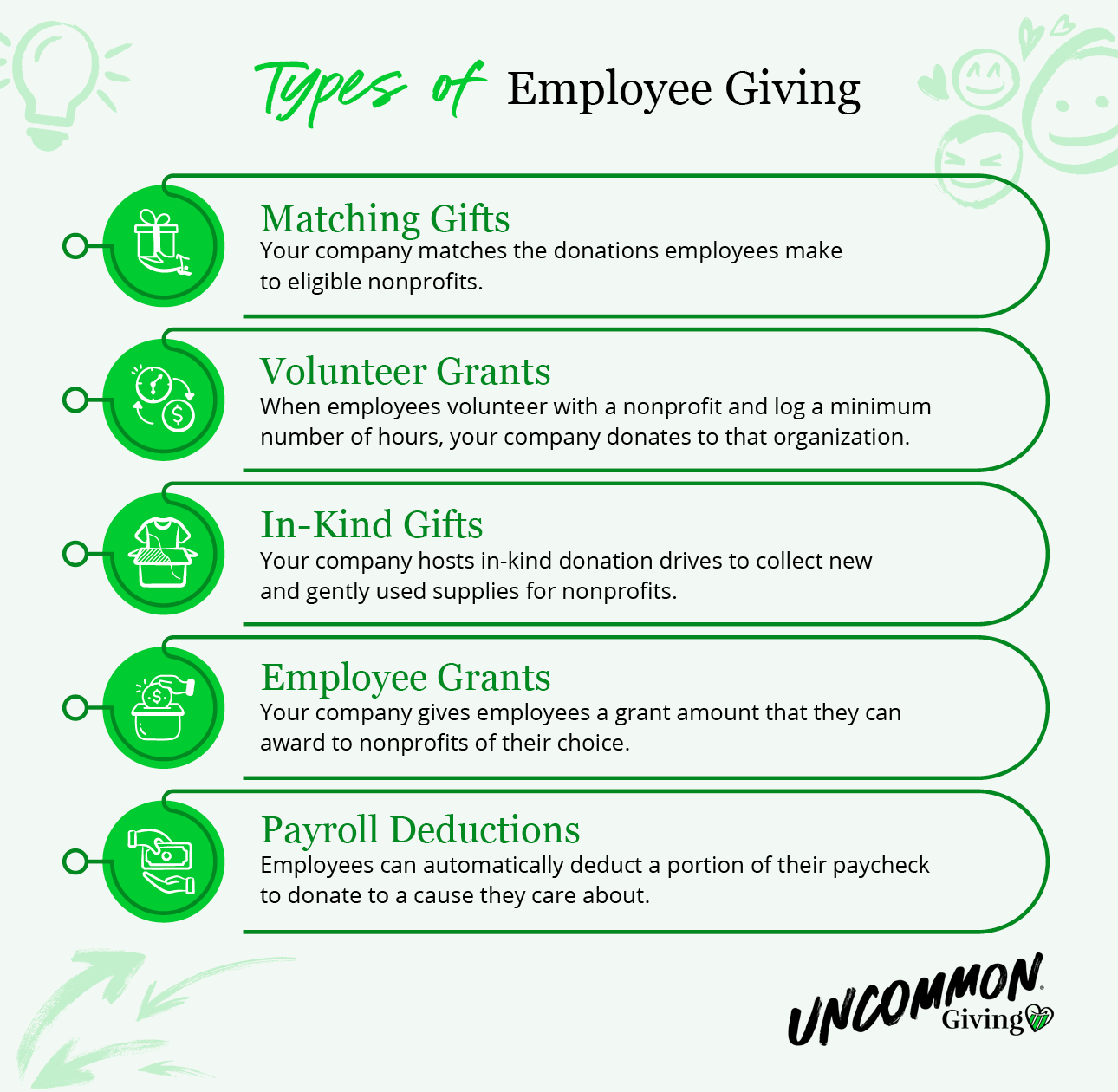Do’s and Don’ts to Know About Camp Employee Retention
6 Do's and Don’ts to Know About Camp Employee Retention
From fundraising to programming to marketing, a lot goes into running a camp, and it’s your employees who power your success, even in times of crisis. As such, your employees are one of your greatest assets, and retaining them ensures you have a stable team to rely on from camp season to season.
However, with significant gaps between camp sessions, it’s easy to lose employees, requiring you to start the hiring process back up again. This costs time and resources, not to mention causes a knowledge turnover that calls for a greater investment in training.
To prevent this, we’ll explore three do’s and three don’ts to help you retain your camp’s employees.
Do be clear about responsibilities and expectations upfront.
Start your camp employee experience off on the right foot by clearly articulating your organization’s values, expectations for employees, and basic responsibilities. You can do so both by cementing them in writing and by demonstrating them.
For instance, your employee handbook might list out values such as community, generosity, and respect. Then, employees flipping through it can find examples of how your camp follows those values, such as through past community partnerships or an employee donation matching program.
Additionally, specify all employee responsibilities and expectations during the hiring process. Doing so ensures new hires understand what working with your camp means and can hit the ground running with their training.
Don’t shut down feedback.
Even the most confident camp directors might hesitate to open themselves up to feedback for several reasons. For example, some might fear that asking employees for suggestions or opinions opens the camp up to criticism or makes it seem like they aren’t sure how to handle ongoing situations.
In reality, asking for outside advice can strengthen your camp and increase employee engagement. When employees feel listened to, they also feel respected and more likely to support your camp, which includes returning for future seasons. Additionally, both new and long-time employees can provide valuable insights that improve your overall operations.
Do hire for cultural fit.
Ultimately, you can retain more employees if you hire candidates who will thrive at your organization. During the hiring process, assess employees not just for their skills but also for how well they resonate with your camp’s values and priorities.
For instance, you might ask questions like:
Would you say you are an independent worker or function better in a team setting?
What is your approach to solving conflict?
Can you share a time you made a mistake at a previous job and how you handled it?
Questions like these can help you assess a potential employee’s soft skills, values, and ability to fit in at your unique organization. Of course, don’t shy away from hiring candidates with a range of unique backgrounds and perspectives. In fact, being conscious of diversity during the hiring process can help you build a stronger, more engaged team that can handle a variety of situations that might arise at your camp.
Don’t ignore volunteers.
Many camps operate with a mix of paid employees and volunteers. Even though you only compensate one group, both are valuable, so don’t neglect individuals who donate their time just because they’re not on your payroll.
Improving your volunteer retention also saves time and resources. While re-hiring for formal positions can be more costly, it’s still a drain on your camp to continually seek out new volunteers. Instead, show respect and appreciation to all your volunteers to ensure they feel like a valuable part of your camp community.
This applies to all of your volunteers. First-time, long-time, parent, and corporate volunteers should all receive personalized recognition for their contributions to your camp.
Do provide opportunities to give back.
While your volunteers already give back by donating their time to your camp, your employees may also appreciate the opportunity to support their communities. Engage your staff by exploring employee-giving initiatives. Not only are these an easy way to show your employees that you value the same causes they do, but they can also help you build connections with local nonprofit organizations.
Uncommon Giving’s guide to employee giving shares a few types of programs that are easy to implement:
Matching gifts are a way for your camp to show its support for the same causes your employees care about by matching their donations dollar-for-dollar.
Volunteer grants provide donations to the nonprofits your employees volunteer with, the size depending on the number of hours contributed.
In-kind gifts include donations of physical items, and any workplace, including a camp, can help out by running a donation drive on behalf of a local nonprofit.
Employee grants give employees the funds to donate to a cause of their choice without worrying about dipping into their paychecks.
Payroll deductions make giving simple by allowing employees to opt-in to donate automatically to a nonprofit of their choosing.
Your organization can launch one or multiple employee giving programs. Just be sure to speak with camp employees about the types of giving they would be most interested in to ensure your efforts align with their preferences.
Don’t forget to show appreciation.
Your employees work hard for many reasons, from a desire to help your camp thrive to the necessity of earning a paycheck. However, no matter their reasons, you should appreciate the time and effort they devote to your organization. By doing so, you’ll cultivate a work atmosphere where high-performers know their contributions are valued.
eCardWidget’s guide to employee appreciation suggests a few easy-to-implement ways to thank employees that are suitable in a camp setting:
Awards. Public recognition can go a long way toward making employees feel valued not just by leadership but also by their co-workers. At the end of the camp season, hand out awards to employees based on their contributions. These can be serious awards or lighthearted affirmations for accomplishments, such as “best campfire storyteller” or “kayaking champion.”
eCards. Use eCards to show appreciation for employees right when they go the extra mile. Your eCards should pair a memorable visual related to your camp with a message written by the sender, shouting out the recipient’s unique contributions.
Gifts. Give physical prizes to employees at the end of the camp season as a final thank-you. These might include branded merchandise, gift cards, or even edible gifts, like a buffet lunch.
Additionally, don’t underestimate the power of simple everyday thank-yous. For instance, you might have supervisors give employees and volunteers a verbal thank-you for a job well done at the end of each day. These little moments of appreciation can build camaraderie, leading to increased loyalty and retention.
Your employees make your camp a special place for campers every year. Maintain a reliable, knowledgeable team by engaging in strong hiring practices, respecting your team, and consistently living up to your camp’s values.
GUEST Post
Andy Howell, CEO of Uncommon Giving
Andy Howell is the CEO of Uncommon Giving, a Charleston-based social impact platform that helps companies engage employees in workplace giving and volunteering—think of it as "generosity-powered” employee engagement. Uncommon Giving provides modern, cost-effective tools for employers to live their corporate values, improve employee morale, and enhance brand reputation.
Andy has spent the majority of his career working with SaaS companies serving the nonprofit, HR, and social impact spaces, including Blackbaud, Benevity, Benefitfocus, and Bloomerang. In his role today, he brings a distinct point of view to the meaningful connection between corporate social responsibility, employee engagement, and the desire to make the world a better place.



